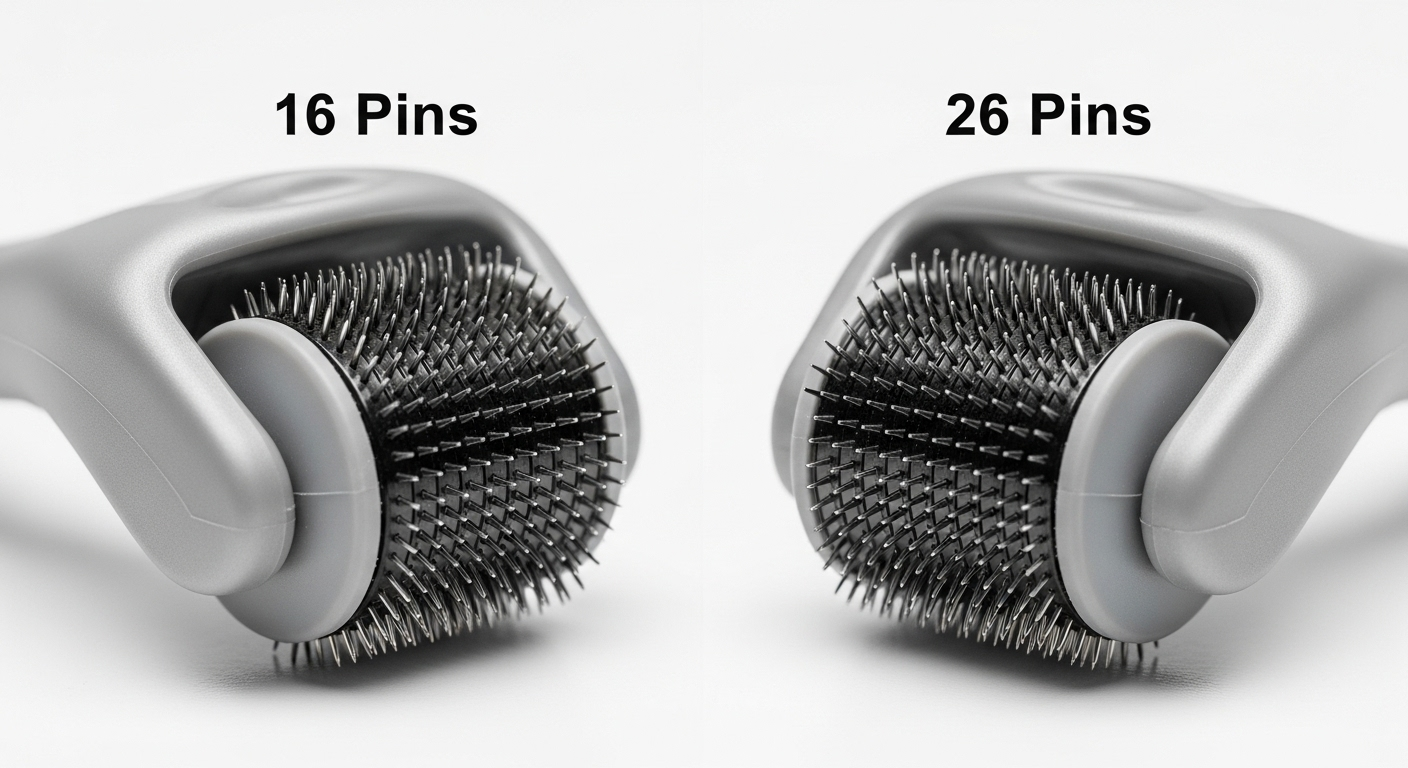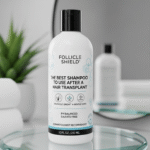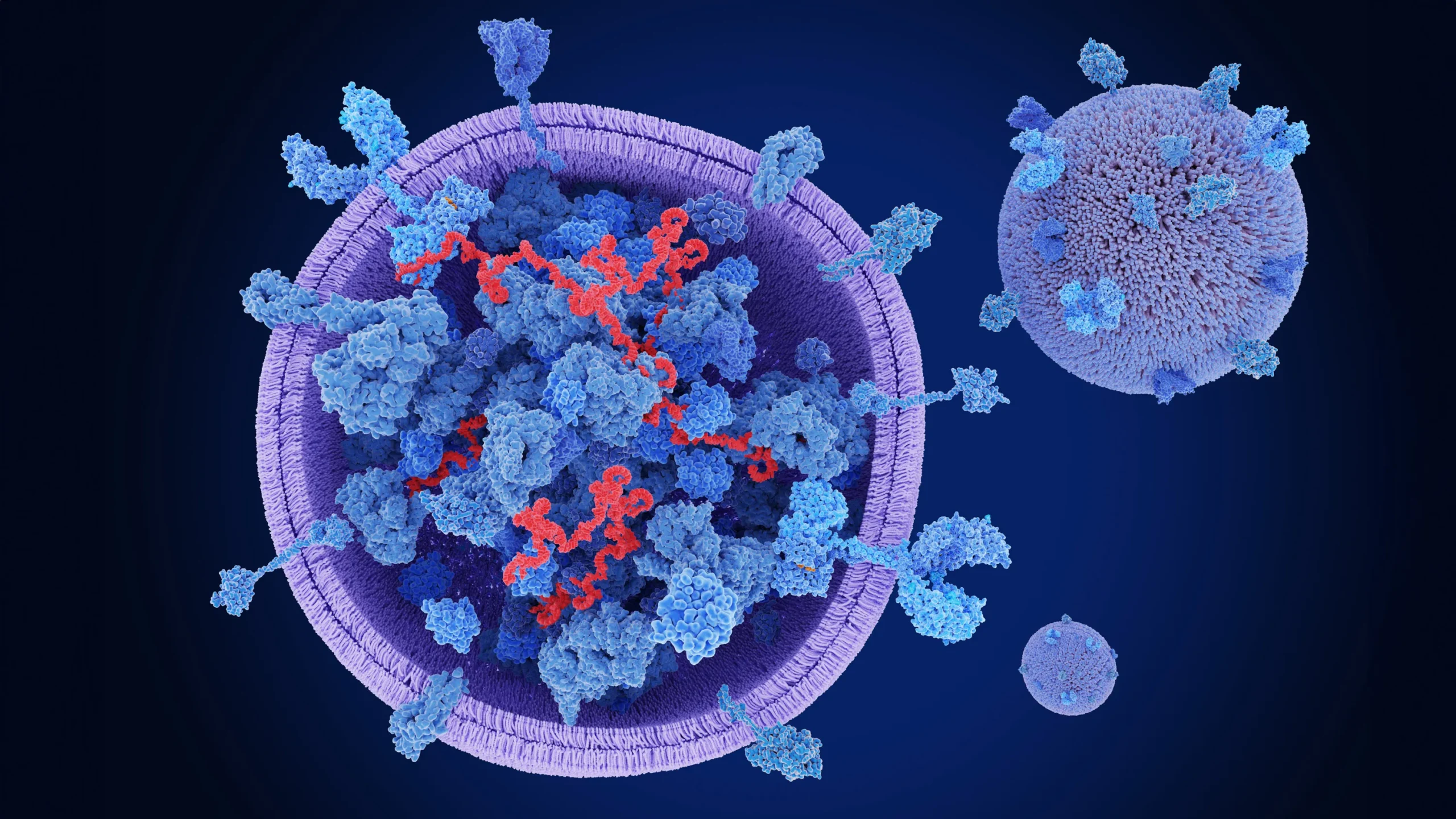When it comes to addressing hair loss, one of the most common questions is whether16 vs 26 Pins for Hair Loss is the better option for your treatment. Both techniques have their benefits, but understanding which one suits your hair loss condition can make a significant difference in your recovery and results. In this article, …
When it comes to addressing hair loss, one of the most common questions is whether16 vs 26 Pins for Hair Loss is the better option for your treatment. Both techniques have their benefits, but understanding which one suits your hair loss condition can make a significant difference in your recovery and results.
In this article, we will break down the differences between these two options, explain their advantages and disadvantages, and help you determine which one is best for your hair restoration journey.
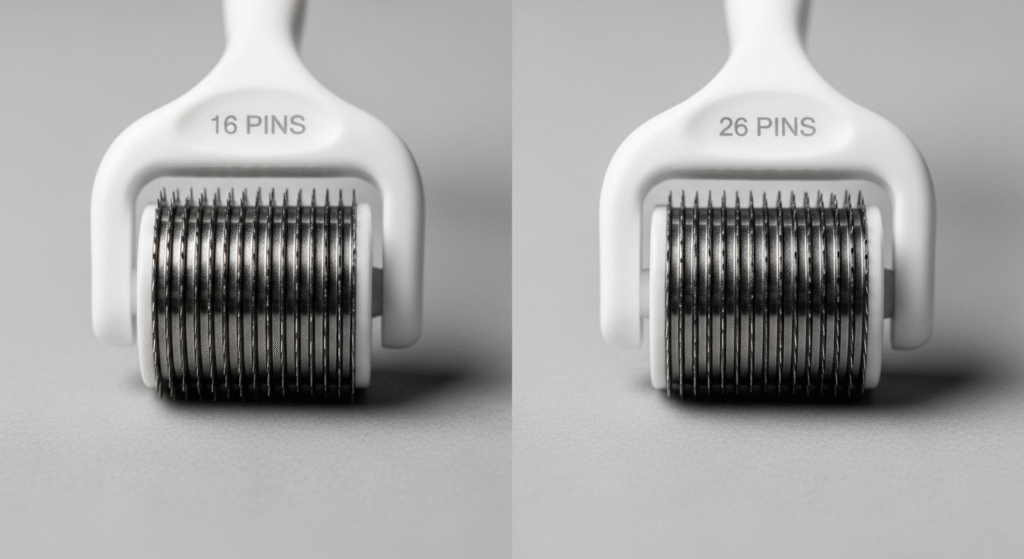
What Are 16 and 26 Pins in Hair Loss Treatments?
Understanding Hair Loss Treatment with Pins
In the world of hair restoration, treatments like mesotherapy and scalp injections are widely used to stimulate hair follicles and promote regrowth. One key aspect of these treatments is the use of pins — small needles that are used to deliver active ingredients directly into the scalp. The number of pins used can vary, typically ranging from 16 to 26, with each number offering different levels of coverage and effectiveness.
The number of pins used during a treatment session plays a crucial role in determining how much area is covered and how deeply the active ingredients penetrate the scalp. While both 16-pin and 26-pin options aim to stimulate the scalp, their effectiveness can vary based on the severity of your hair loss and your desired results.
The Difference Between 16 and 26 Pins
The main difference between 16 and 26 pins is the number of injection points during a treatment session. A 16-pin treatment typically covers a smaller area and is ideal for those experiencing mild to moderate hair loss. On the other hand, a 26-pin treatment is used for more extensive coverage, making it suitable for individuals with more severe hair loss.
A 26-pin treatment allows for a deeper and more widespread application of the active ingredients, potentially leading to better results for people with advanced hair thinning. The greater the number of pins, the more even the distribution of nutrients, which may result in a more consistent hair regrowth process.
How Do 16 Pins and 26 Pins Impact Hair Growth?

Pin Density and Hair Regrowth
One of the main factors that influence hair growth after treatment is the density of the treatment. 16 pins deliver fewer injection points, which means the active ingredients are spread over a smaller area. This is often sufficient for individuals with mild hair thinning, as it focuses on the areas that need stimulation the most.
However, 26 pins offer greater density, covering a larger area of the scalp with more precise injections. The increased coverage helps target more hair follicles, resulting in more even and efficient stimulation, particularly in cases of more advanced hair loss. This higher density may lead to better overall results, as the treatment addresses a broader range of follicles at once.
16 vs 26 Pins for Hair Loss: Treatment Depth and Coverage
The depth of the needle penetration is another important factor in hair regrowth. 16-pin treatments tend to deliver the active ingredients at a more superficial level, which may not be as effective in stimulating deeper hair follicles or addressing more severe cases of hair loss.
On the other hand, 26-pin treatments provide deeper penetration, which may be more beneficial for people who have experienced significant hair thinning or loss. The deeper penetration allows the nutrients to reach the hair follicles more effectively, stimulating regrowth from the roots.
Advantages and Disadvantages of 16 Pins for Hair Loss
Benefits of 16 Pins Treatment
- Shorter treatment time: Since fewer pins are used, the procedure takes less time, making it a quicker option for those with a busy schedule.
- Lower discomfort level: With fewer pins being used, the procedure tends to cause less discomfort compared to treatments with more pins.
- Suitable for mild hair thinning: If you have mild to moderate hair loss, 16 pins may be sufficient to stimulate your follicles and promote hair regrowth.
Limitations of 16 Pins
- Less coverage: Since fewer pins are used, the treatment may not cover as much of the scalp, which could lead to uneven results.
- Not ideal for severe hair loss: If your hair loss is advanced, 16 pins may not provide the desired results, as it may not stimulate all of the hair follicles that need attention.
Advantages and Disadvantages of 26 Pins for Hair Loss
Benefits of 26 Pins Treatment
- Extensive coverage: With more pins, the treatment can cover a larger area of your scalp, providing more consistent results.
- Deeper penetration: The increased number of pins allows for deeper penetration into the scalp, stimulating a larger number of hair follicles and promoting more significant hair regrowth.
- Better for advanced hair loss: For individuals experiencing severe hair thinning or baldness, 26 pins offer a more effective solution by addressing more follicles.
Limitations of 26 Pins
- Longer procedure duration: The treatment takes more time due to the increased number of pins being used, which might be less convenient for some individuals.
- Higher discomfort levels: The procedure tends to be more uncomfortable due to the increased number of injection points.
- Higher cost: Since more pins are used and the treatment is more comprehensive, 26-pin treatments are typically more expensive than 16-pin options.
Which Option Is Right for Your Hair Loss Treatment?
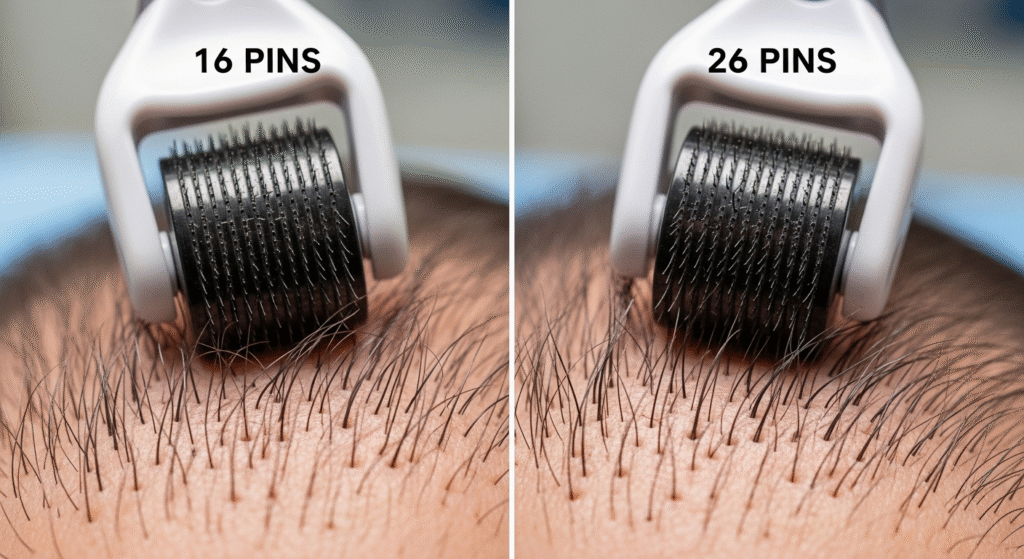
Factors to Consider in Choosing Between 16 and 26 Pins
When deciding between 16 and 26 pins, it’s essential to consider your specific hair loss condition. Here are some factors to help guide your decision:
- The severity of hair loss: If your hair loss is mild to moderate, a 16-pin treatment may be sufficient. For more severe cases, a 26-pin treatment will likely provide better results.
- Desired results: If you’re looking for fast and effective results, 26 pins may be the better option due to the increased coverage and deeper stimulation.
- Time and cost considerations: 16-pin treatments are faster and more affordable, making them ideal for those with a tighter budget or time constraints.
Expert Recovery Tips for Hair Loss Treatments
Post-Treatment Care
After undergoing a hair loss treatment, whether with 16 or 26 pins, it’s crucial to follow the proper recovery plan. This includes avoiding scratching the scalp, limiting physical activity, and using gentle hair care products designed for post-treatment care. Additionally, following your doctor’s aftercare instructions will help ensure optimal healing and regrowth.
When Will You See Results?
Results from hair loss treatments typically start to become visible within 3 to 6 months, with full results appearing after 12 months. While 16-pin treatments may show results sooner due to their quicker nature, 26-pin treatments tend to provide more significant, longer-lasting regrowth.
FAQs
What’s the main difference between 16 pins and 26 pins?
The main difference is the number of injection points. 16 pins provide less coverage, while 26 pins cover a larger area and provide deeper stimulation for more extensive hair regrowth.
Does the number of pins affect the pain level during the procedure?
Yes, 26-pin treatments are generally more uncomfortable due to the higher number of injections. However, local anesthesia can help minimize discomfort.
How long does a hair loss treatment with 16 or 26 pins last?
The effects of both treatments can last for several months, but the full results typically appear after 12 months. Maintenance sessions may be required to sustain results.
Are 26 pins more effective for advanced hair loss cases?
Yes, for severe hair loss, 26 pins provide better coverage and deeper follicle stimulation, making them more effective for advanced cases.
Conclusion
Choosing between 16 and 26 pins for hair loss treatment depends largely on the severity of your condition, your desired results, and your personal preferences. While both options offer effective solutions for hair regrowth, the 26-pin treatment is generally more suitable for individuals with advanced hair thinning, providing more extensive coverage and deeper stimulation. However, if you have mild to moderate hair loss, a 16-pin treatment may be sufficient for your needs.
Ready To Take Your Next Step
Ready to take the next step in your hair restoration journey? Book a consultation with Dr. Uzma Irfan, an ISHRS-certified surgeon in Islamabad today to ensure a smooth and successful recovery after your hair transplant.

